How to Choose The Best Sleeping Bag For Camping or Backpacking
There is a myriad of options to consider when selecting the right sleeping bag for camping or backpacking. Understanding your use case and needs for sleeping can help you narrow down the options to better choose a sleeping bag. Regardless of your use-case, the goal is the same: get a good night’s sleep under the stars or inside a tent.
With so many options available, how do you choose a sleeping bag? When considering your sleeping bag options, it’s important to start with how you will be using it and where you will be sleeping.
For instance, are you camping during the summer or in the snow? Do you need a lightweight sleeping bag for backpacking or are you just car camping (in other words, don’t care about the weight)? Do you tend to run hot or cold?
Understanding the specifics of how you will use the sleeping bag and your personal preferences will help you narrow down options.
Generally, there are three basic questions you’ll need to answer when choosing the right sleeping bag for your camping or backpacking:
- What type of insulation do you want?
- What kind of warmth rating do you need?
- How heavy do you want it to be?
Sleeping bags come in all different insulation options, warmth ratings, and sizes. Below we’ll break down each of these categories (insulation, warmth ratings, and weight) to better help you find the right sleeping bag for your outdoor adventures.
Insulation (Fill)
Sleeping bags most commonly come in three different options for insulation: regular down insulation, synthetic, or a hybrid of both. Down sleeping bags aren’t necessarily better than synthetic, it all comes down to your preferences, activities, and how you want to sleep.
Here are some pros and cons to down versus synthetic insulation options.
Down Insulation
- Pros: Lightweight, easy to compress, highest weight to warmth ratio
- Cons: No insulative value when wet, more expensive, not hypoallergenic
Synthetic Insulation
- Pros: Insulative when wet, less expensive, hypoallergenic
- Cons: Not as easily compressible, lower weight to warmth ratio
It may be an easy decision to go synthetic for individuals with an allergy to down insulation.
Considering your travel location is really important when deciding on insulation. For example, if you’re climbing a big wall in Yosemite, YOSAR requires climbers to have a synthetic sleeping bag.
Hybrid
Hybrid sleeping bags offer a combination of both down and synthetic fills. They’re not as common but can offer an integration of benefits for both down versus synthetic insulation when you choose a sleeping bag.
Personally, I prefer the hybrid sleeping bag option. Hybrid down-synthetic sleeping bags can compress well for packing and is warm enough for three-season camping.
I’ve been extremely happy with the REI Flash Sleeping Bag as a more affordable option for a light-weight, hybrid sleeping bag for women.
Warmth (Temperature Rating)
Warmth ratings can vary greatly for sleeping bags, ranging from sub-zero alpine bags to three-season sleeping bags to zero degree winter ratings.
Here’s a general guideline on warmth ratings and seasons when choosing your sleeping bag:
- Summer or low-elevation: 30 degrees F and above
- 3-Season (Spring-Fall) or Summer at high altitude: 10-30 degrees F
- Winter camping or snow camping: -20 to 10 degrees F
Using a 30-45 degree sleeping bag may be a great option for three-season temperatures. However, if you’re camping in the winter or backpacking in cooler temps, it may get a little chilly.
If you plan to camp in cooler temperatures, you may want to get a 3-season rated bag or wear a lightweight down jacket for extra warmth. If it’s not too cold, wearing a down jacket while sleeping can make up a small difference in warmth ratings.
Weight
Sleeping bag weight can make or break a backpacking experience. If you’re backpacking, it’s important to evaluate and compare weight when you choose a sleeping bag.
Another consideration with weight is the price – most ultralight sleeping bags come at a premium, so your weight options may be dictated by budget.
When I started long-distance backpacking, I carried a heavy 0 degree Kelty sleeping bag that took up a third of my backpack (when compressed). Despite the weight and the bulk, this sleeping bag also kept me very warm.
Nowadays, I have an ultralight 32 degrees hybrid down-synthetic sleeping bag that takes up a fraction of space and is approximately 1 pound 11 ounces.
There are so many great ultralight sleeping bag options on the market these days if you’re looking to save weight and space.
Generally, anything under 2 lbs is considered an ultralight sleeping bag. However, many hikers will push that to around 16 ounces (1 lb) as the benchmark for ultralight.
The biggest consideration with weight is your use-case. Are you on a short or long-distance backpack trip? Are you car camping and just transporting your sleeping bag from the car to the tent? If the latter, you likely don’t need to skimp on weight since you’re not going to be hauling your sleeping bag around on your back.
If you’re backpacking, weight should be an important consideration since you’ll need to plan your pack space accordingly and save your back. When backpacking, aiming for a lightweight sleeping bag is likely your best option.
To decrease the weight of sleeping bags, some manufactures (like Feather Friends) will get creative with warm ratings and insulation distribution. For example, having more insulation in the lower half than the upper half (your core), because it’s meant to be paired with an insulating jacket.
It all depends on how far you want to go when it comes to weight-saving for your sleeping bag.
Choosing a Sleeping Bag
Now, you have all the tools to help you choose a sleeping bag that’s right for you and your outdoor adventures. Do you need a sleeping bag for car camping or for backpacking? Do you want to have a down or synthetic bag? Or a combination of both? Answer these questions and you’ll be able to choose the right sleeping bag.
Enjoy your adventures wherever you are sleeping!
Updated: December 31, 2020
Some links contained in this post are affiliate links, meaning, we get a small percentage of profit from sales. We strive to recommend only quality products and appreciate your support!

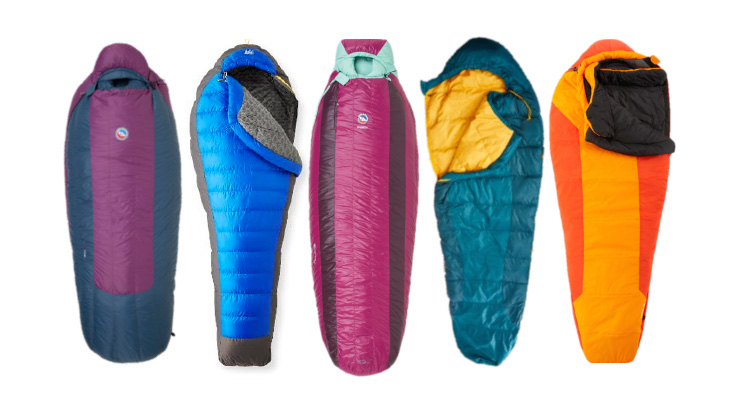
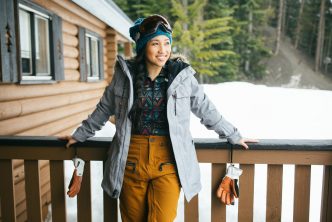
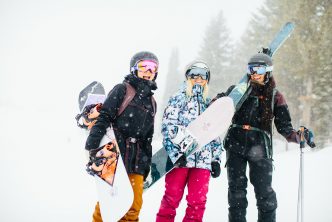
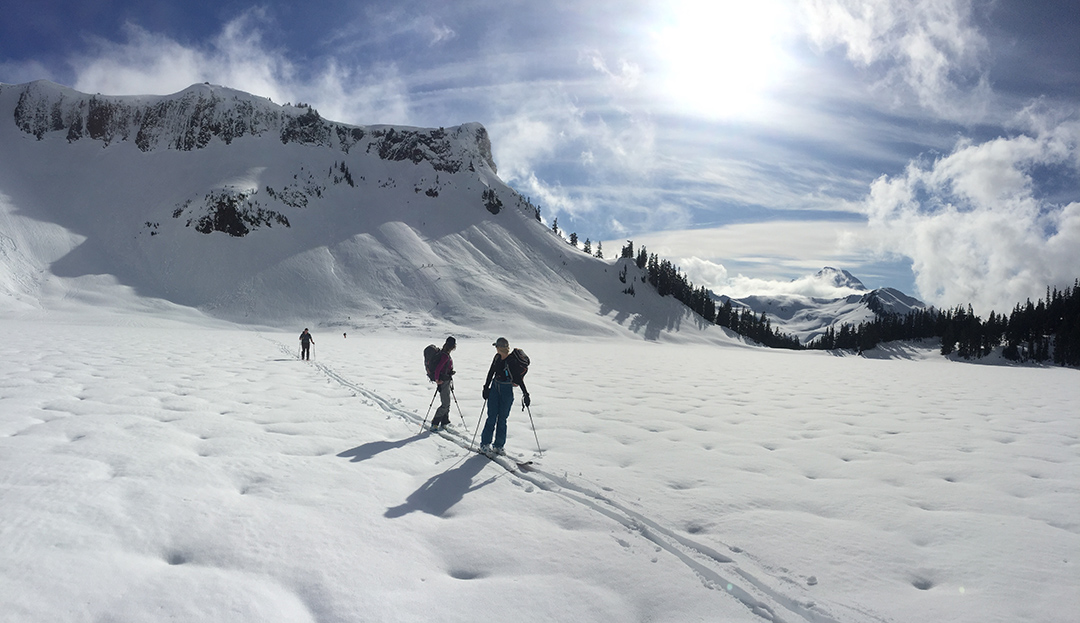
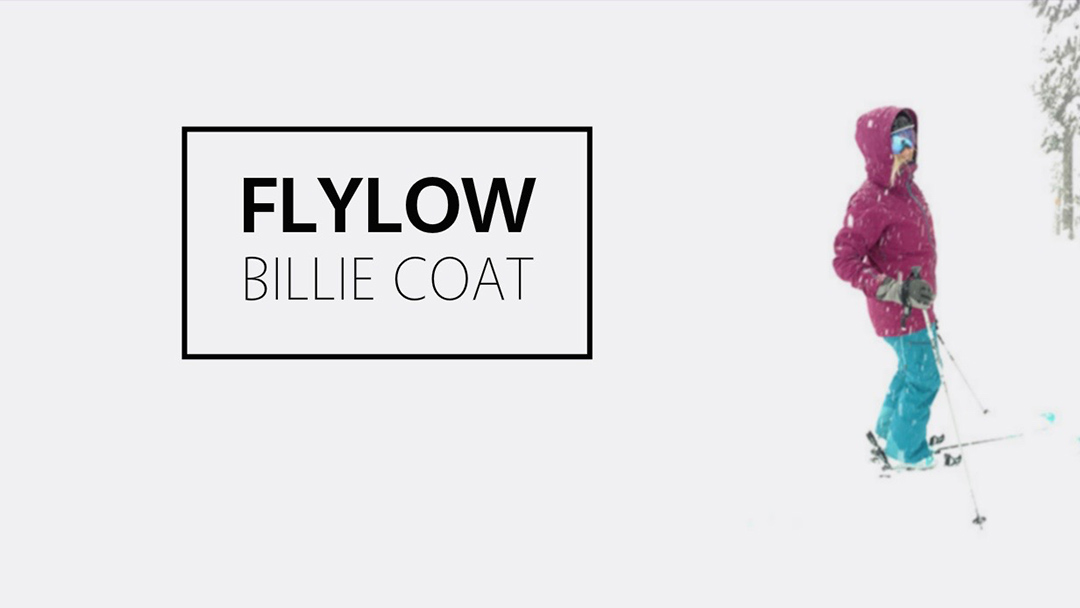
Lots of very useful info! Thanks for putting it all together and helping me sort it out.
Hi,
Thanks for the advice, but most companies don’t recommend you to roll your sleeping bag. It can actually damage it, stuffing it is the best way. Otherwise thanks again. ☺
Life is good,
Devesh
Thanks for your comment! For backpacking with sleeping bags, we typically will use stuff sacks to keep the integrity of the bag and then loosely store when not in use.
[…] in two days rather than one. If you plan to do an overnight, be sure to bring backpacking gear and sleeping bags to stay warm at […]